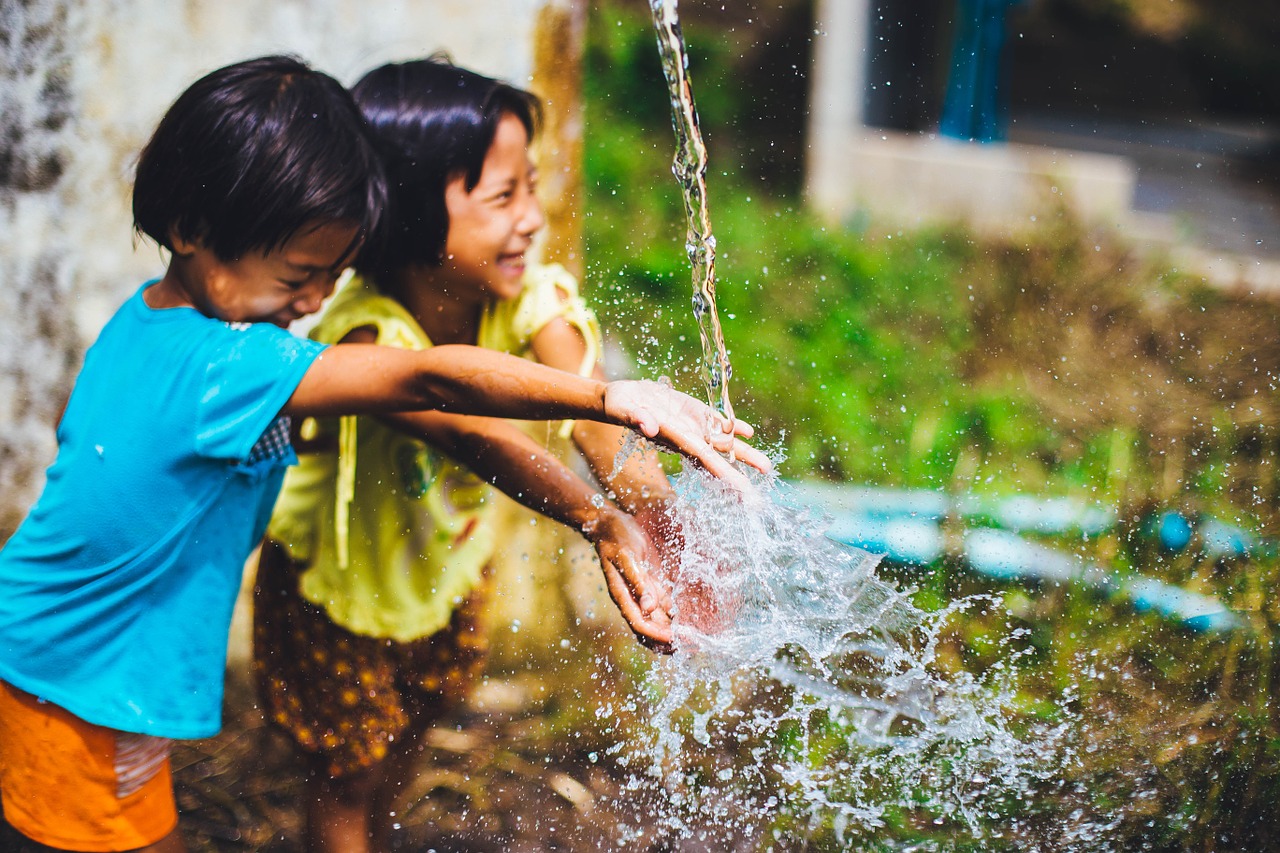In January 2019 researchers from Spain and Brazil published the results of their study to assess potential risk factors for the progression of near/short sightedness. A total of 82 children, aged 6-15 years, were included in the study. The progression of shortsightedness was assessed in each individual every 6 months. Results showed that over an 18 month period shortsightedness progressed by, on average, -0.816. Progression of shortsightedness appeared to be significantly associated with age, especially between 6 and 9.4 years old, less time spent outdoors, and in children whose parents were shortsighted. It was noted that there was a significantly greater increase in shortsightedness during the months with the least daylight hours.
Sánchez-Tocino H et al. The effect of light and outdoor activity in natural lighting on the progression of myopia in children. J Fr Ophtalmol. 2019 Jan;42(1):2-10

